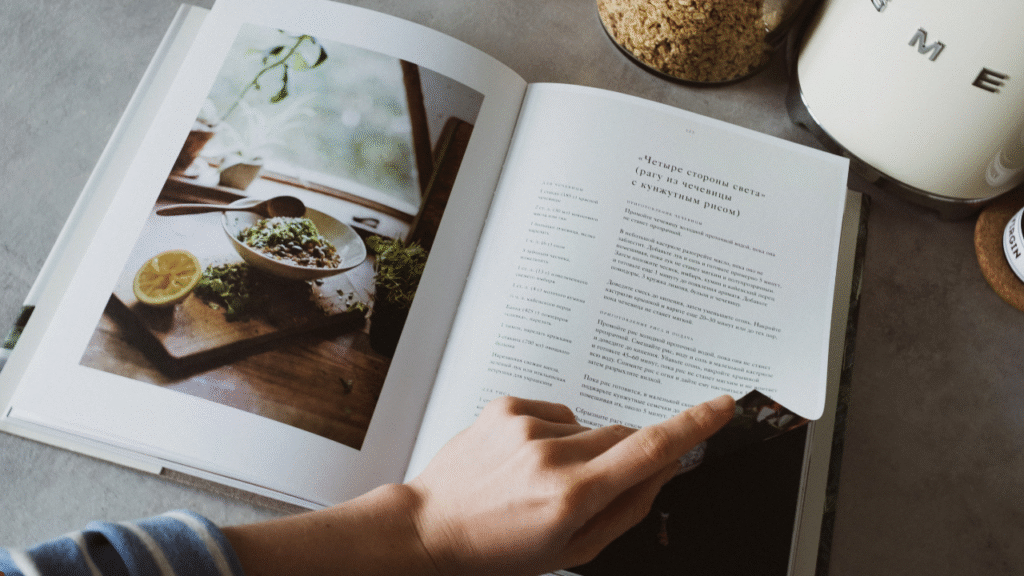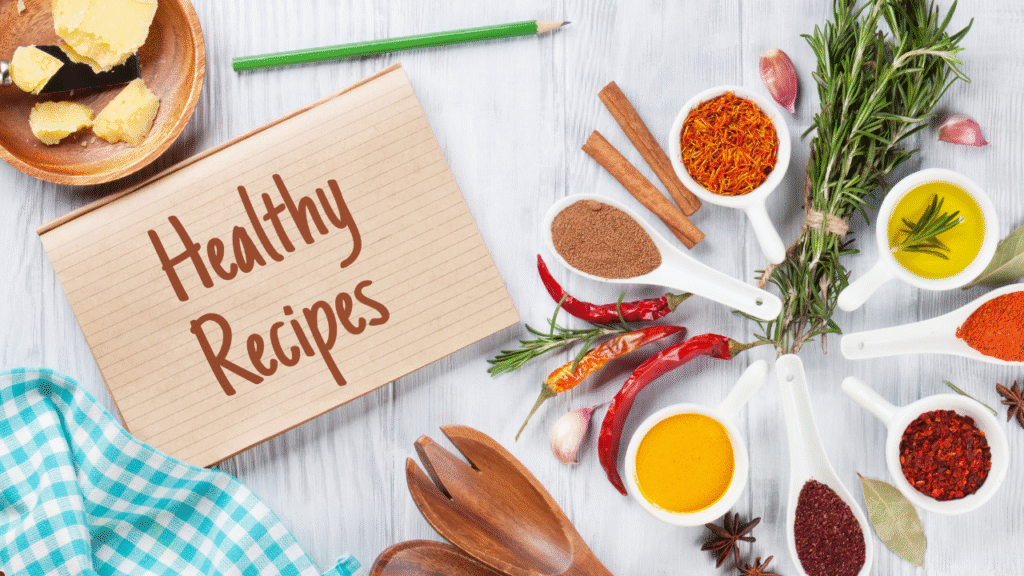Feeding your cat isn’t just about filling a bowl—it’s about nourishing a beloved family member. While commercial cat foods offer convenience, more pet owners are exploring cat food recipes to ensure ingredient transparency, freshness, and tailored nutrition. Crafting meals at home can be rewarding and beneficial, especially when done right.
In this guide, we’ll walk you through the nutritional essentials for cats, share veterinarian-approved recipes, and offer tips to keep your feline friend happy and healthy. Whether raising a kitten or caring for a senior cat, this guide gives you everything you need to prepare food with love and science.
Why Choose Homemade Cat Food?
Homemade cat food recipes for cats allow you to:
- Avoid fillers, artificial flavors, and preservatives.
- Manage allergies or sensitive stomachs.
- Ensure proper hydration and nutrient balance.
- Provide a variety of textures and tastes.
Cats are obligate carnivores, meaning they must consume meat to meet their nutritional needs. Before transitioning your cat’s diet, consult a veterinarian or refer to expert resources such as the Kitten Care Guide from Neonatal Kitten Rescue.

What Nutrients Do Cats Need?
Cats have specific dietary requirements that must be met to remain healthy, active, and thriving. As obligate carnivores, they rely heavily on animal-based proteins, essential for building and maintaining muscle, supporting immune function, and providing energy. One of the most critical nutrients for cats is taurine, an amino acid that supports vision, heart health, and reproduction. Unlike some animals, cats cannot produce taurine alone, so it must be included in their diet through taurine-rich meats or supplements. In addition to protein and taurine, cats need healthy fats—particularly omega-3 fatty acids—which promote healthy skin, a shiny coat, brain function, and joint support. Minerals like calcium and phosphorus are crucial for maintaining strong bones and teeth.
Vitamins such as A, B-complex, D, and E play vital roles in metabolism, cellular repair, and immune response. Finally, hydration is essential, especially since cats naturally have a low thirst drive. Feeding them moisture-rich foods helps support kidney function and overall wellness. For more detailed nutrition guidance, especially for young or recovering cats, the Kitten Care Guide from Neonatal Kitten Rescue offers expert insights and feeding recommendations.
Foods to Avoid for Cats
Certain foods are toxic to cats and must never be included in any recipe:
- Onion and garlic (damages red blood cells)
- Chocolate and caffeine
- Grapes and raisins
- Raw dough or bones
- Alcohol, salt, and xylitol
Even dairy can be problematic, as many adult cats are lactose intolerant. If unsure about a particular ingredient, consult your vet or browse the kitten nutrition FAQs.
Easy Homemade Cat Food Recipes
These recipes use safe, cat-approved ingredients and can be prepared in under 30 minutes. They’re ideal for cat parents who want better control over diet and ingredients.
1. Chicken & Pumpkin Bowl
Ingredients:
- 1 cup cooked, skinless chicken breast (shredded)
- 1/4 cup pure pumpkin puree (unsweetened)
- 1 tsp fish oil (optional)
- 1/8 tsp taurine powder
Directions:
- Combine all ingredients in a bowl.
- Mash until smooth.
- Serve immediately or refrigerate for up to 3 days.
Why it’s good: Pumpkin supports digestion, while chicken provides lean, easily digestible protein.

2. Sardine & Rice Mash
Ingredients:
- 1 can of sardines (in water)
- 1/4 cup white rice (cooked)
- 1 tbsp mashed carrots
- 1/2 tsp calcium powder (or ground eggshell)
Directions:
- Mash sardines with a fork.
- Mix in rice, carrots, and calcium.
- Serve at room temperature.
Tip: Great for picky eaters and older cats with weaker teeth.
3. Turkey & Quinoa Medley
Ingredients:
- 1 cup ground turkey (cooked)
- 1/4 cup cooked quinoa
- 1 boiled egg (chopped)
- 1/8 tsp taurine
Directions:
- Mix all ingredients thoroughly.
- Mash or blend for a smoother texture.
- Serve fresh or refrigerate for up to 2 days.
Why it works: Quinoa offers fiber and essential amino acids, while turkey is low-fat and high-protein.
4. Beef & Sweet Potato Stew
Ingredients:
- 1 cup lean ground beef
- 1/4 cup mashed sweet potato
- 1 tbsp cooked green beans
- 1 tsp sunflower oil
Directions:
- Combine cooked beef with mashed sweet potatoes.
- Stir in green beans and sunflower oil.
- Serve slightly warm.
Nutrition Note: Sweet potatoes provide energy and fiber, which are ideal for active cats.
5. Salmon & Spinach Delight
Ingredients:
- 1/2 cup cooked salmon (deboned)
- 1 boiled egg (mashed)
- 1 tbsp steamed spinach (chopped)
- 1/4 tsp kelp powder
Directions:
- Mix all ingredients in a bowl.
- Cool before serving.
- Freeze portions for meal prep.
Bonus: Rich in Omega-3s for joint health and glossy fur.

How to Store Homemade Cat Food
- Use airtight glass containers.
- Store in the fridge for up to 72 hours.
- For more extended storage, freeze in single-serve silicone molds.
- Always serve food at room temperature.
Supplements for Homemade Diets
Homemade cat food often lacks key nutrients, so adding supplements is essential:
- Taurine: Prevents blindness and heart disease.
- Calcium: Supports bones and teeth.
- Fish oil: Improves coat, joints, and brain health.
- Multivitamins: Add a balanced mix if the diet isn’t varied.
You can read more about creating balanced diets in the Bottle Baby Feeding Guide for kittens, which includes insights on safe milk replacements and supplements.
Transitioning to Homemade Food
Switching your cat’s diet from commercial to homemade food should be done gradually to avoid upsetting their digestive system. Cats are creatures of habit and can be sensitive to sudden changes in taste and texture. Mix a small portion of homemade food—about 25%—with 75% of their regular food for the first few days. Throughout 7 to 10 days, slowly increase the proportion of homemade food while decreasing the commercial portion. By day four to six, aim for a 50/50 balance.
By day seven to nine, move to 75% homemade and 25% commercial food. The tenth day, your cat should eat an entirely homemade diet. During this transition period, closely monitor your cat for any signs of discomfort, changes in appetite, or digestive issues such as vomiting or diarrhea. If any problems arise, consult your veterinarian immediately or refer to resources like the Medical Care Guide at Neonatal Kitten Rescue for further support.

FAQs: Cat Food Recipes
Q: Can I feed kittens homemade food?
A: Kittens need specific nutrition. Check out the Kitten Feeding Schedule to ensure age-appropriate meals.
Q: Is raw meat safe?
A: Raw diets are controversial. Cooking meat helps prevent bacterial infections unless you’re working with a specialized raw diet plan.
Q: Do I need to add supplements?
A: Yes, especially taurine and calcium. Not all nutrients are bioavailable in the required ratios, even if quality meat is used.
Final Thoughts
Homemade cat food is more than just a trend—it’s a thoughtful, rewarding way to care for your pet. With the right ingredients, attention to nutrients, and support from trusted sources like Neonatal Kitten Rescue, you can build a meal plan that suits your cat’s age, health, and taste buds.
Not sure where to begin? Start with a simple recipe and consult your vet for tweaks. If you’re caring for kittens, foster cats, or rescue animals, visit the Volunteer Resource Hub for additional feeding tips, schedules, and medical guidance.

3 thoughts on “Cat Food Recipes: A Guide to Homemade Meals”